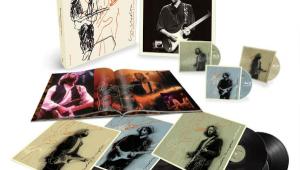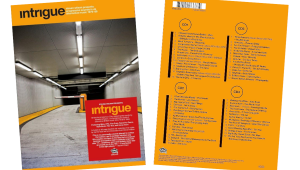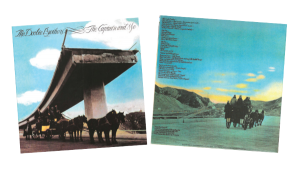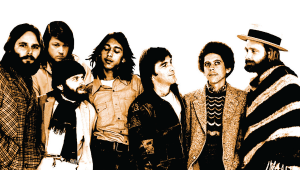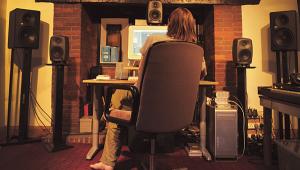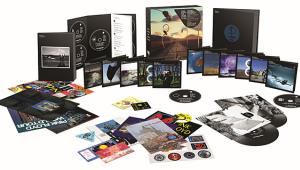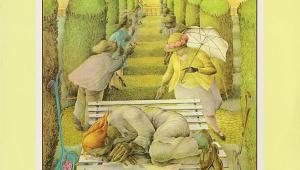“Keeping Score”: Where the Classics Are Current — and High-Tech Page 7
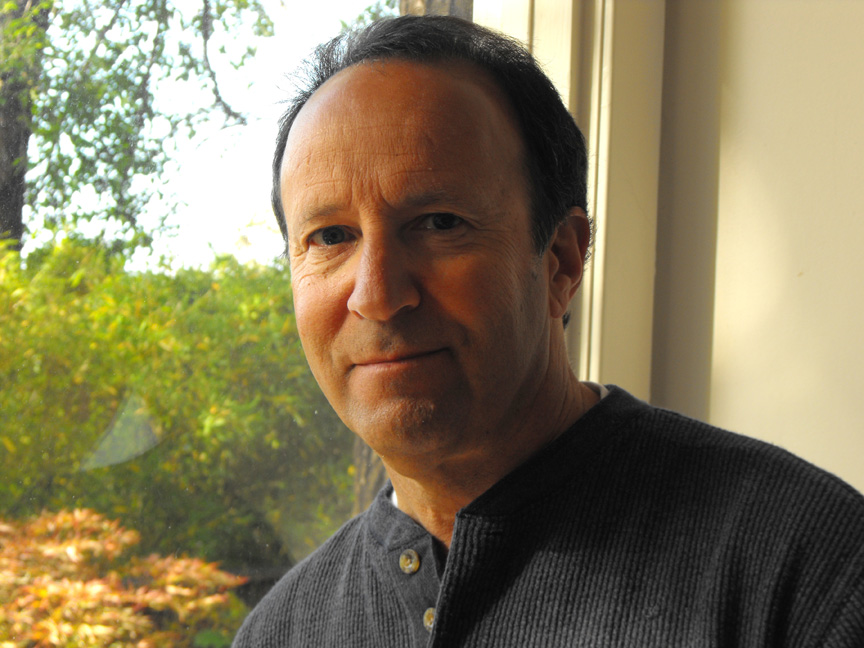
Video editor Blair Gershkow
Meanwhile, the video editor for Keeping Score is Blair Gershkow, and he sizes up the scope of the entire project like so: “I’ve edited maybe a hundred documentaries and segments for 60 Minutes, Dateline, Good Morning America, and other shows, and this series is the most complicated you’re ever going to do because you’re integrating all these sources and matching video and sound.”
Gershkow receives from Saffa all the on-location, archival, and interview material. “Files come in from Joan that were shot in Europe. But her team also did things on digital audio that come in as separate audio wave files, and those all have to be slaved together with the video. Things come in on hard drives, and everything has to be dubbed onto low-resolution DVDs with the time codes burned in so that Joan can look at them. The sound comes in low resolution, but after I’ve done my video edits and they’ve been approved, I replace it with better digital sound.”
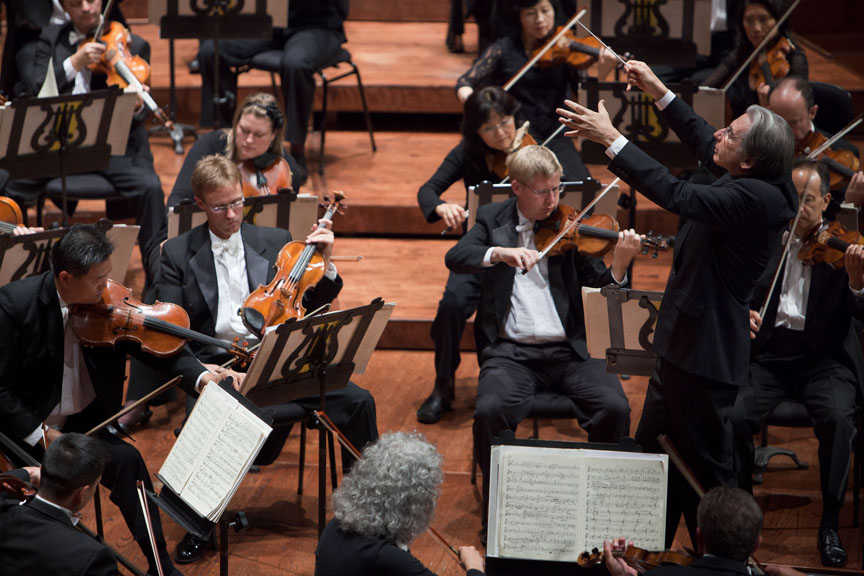
Thomas conducting the orchestra; photo by Bill Swerbeniski
Also incoming is Halvorson’s concert footage. “When Gary shoots the orchestra,” Gershkow explains, “they use 16 or 17 cameras and a gigantic switcher. They isolate seven or eight of the cameras onto tape machines that record in HD. So then I get the switched copy, but sometimes things are late or out of focus, and I know I’ll have to fix it. Then they do the whole performance again without an audience, and they lay track so that they can get all the extreme close-ups they can’t get when there’s an audience present. Tempos can change. Then they do the concert with an audience again.”
Despite his musical instincts, Gershkow relies on Thomas’s musical assistant Peter Grunberg, who sits in on the final editing sessions, for his prowess at finding things that are just the tiniest bit off. “I’m in awe of Peter,” Gershkow admits. “He’ll come in and say that something’s a frame off. He learned the 30-frames-per-second way that video works pretty quickly, so he could say that something was just a frame or two off. And he’d be exactly right every time.”

